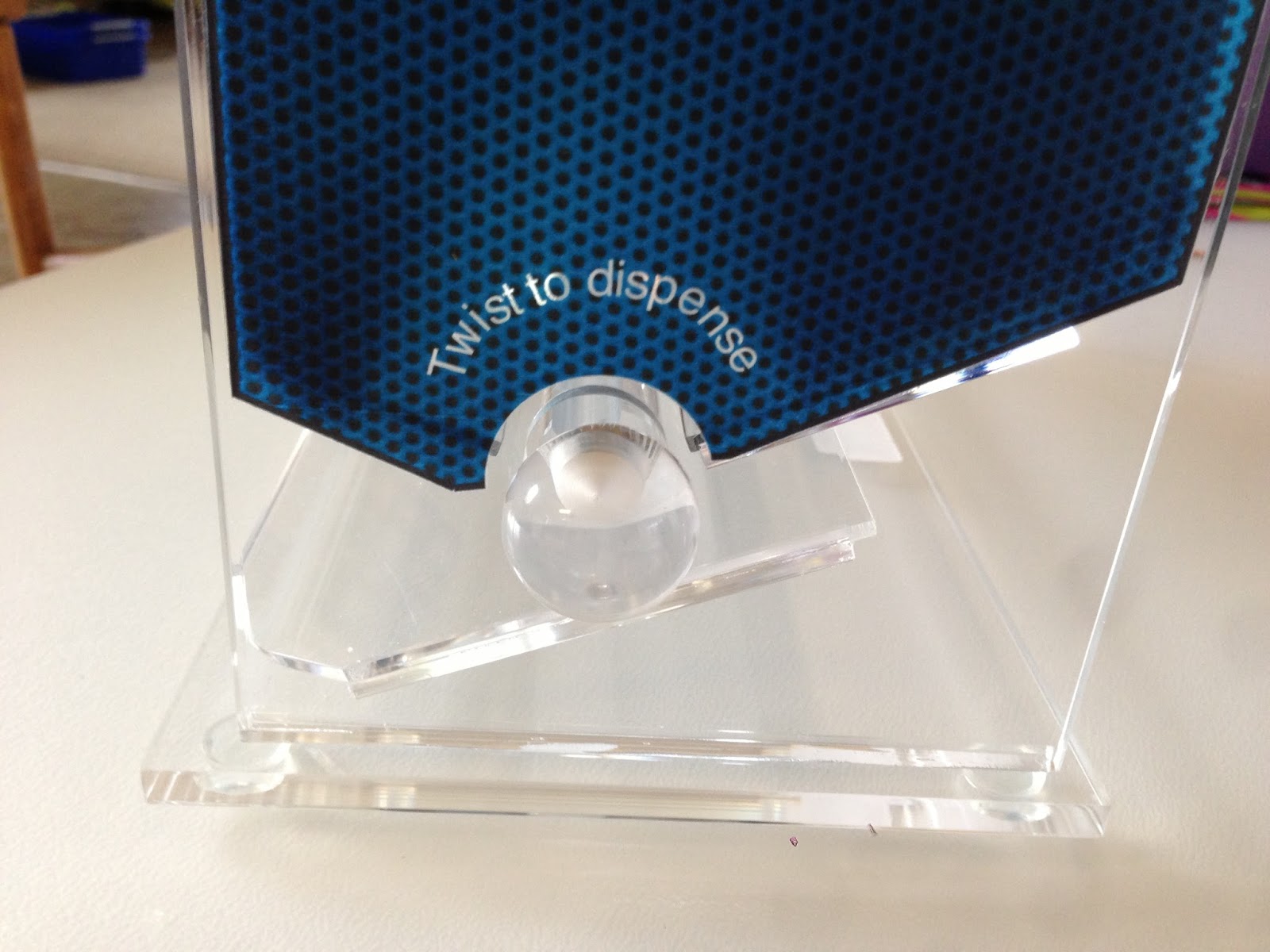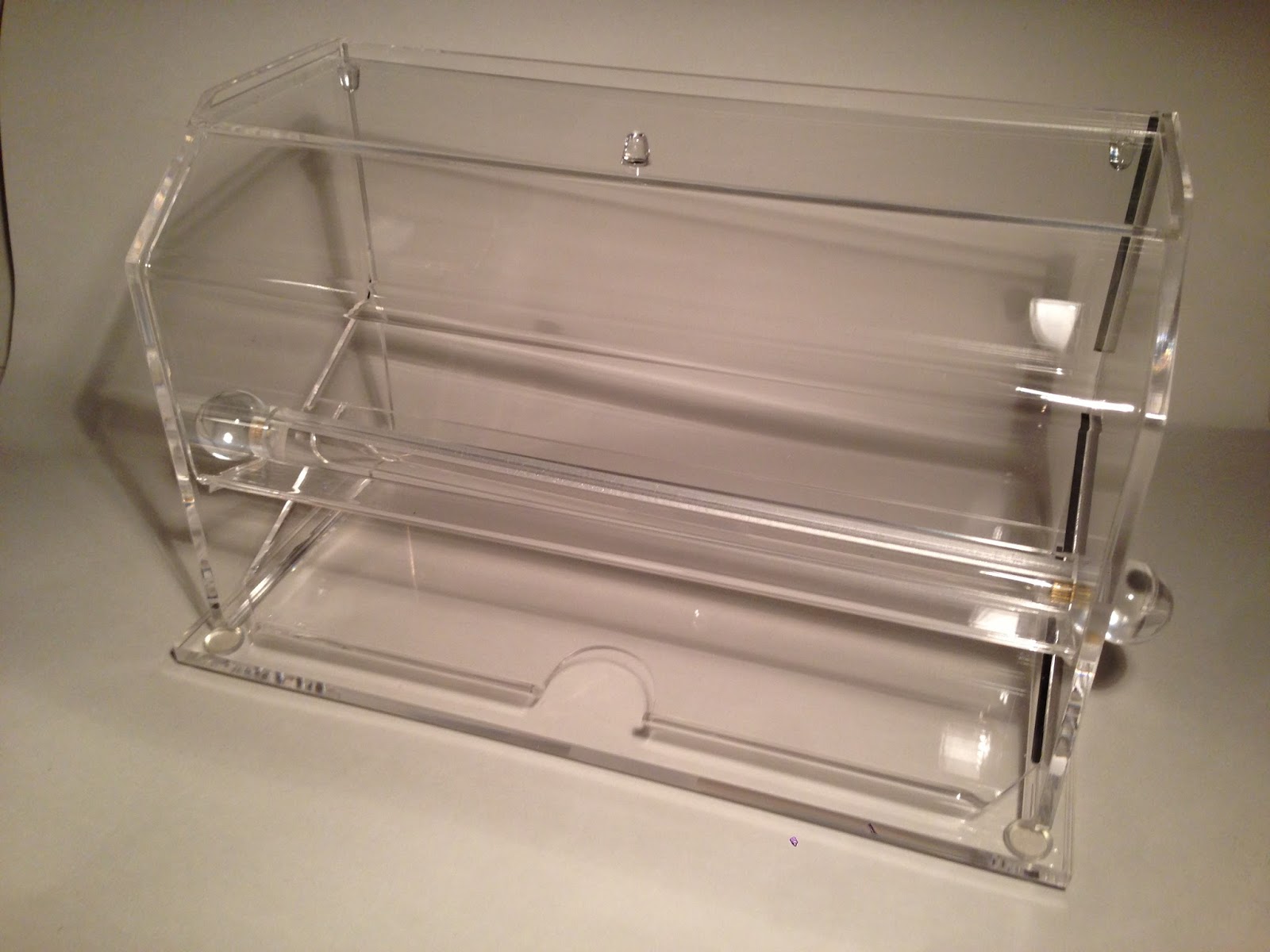Several years ago I was reading literature about setting the stage for a lesson and the importance of making sure students know their learning trajectory for each day and lesson. I blew this idea off as unimportant to the overall scheme of what my students learned over the course of a year. I felt like there were so many things to dwell on during class that a "Learning Target" was just not a significant instructional tool that I would spend time creating and sharing. This perspective changed significantly when I continued my studies on the importance of student not "flying blind" and actually attempted quality learning targets on a daily basis.
Although the below entry is intended to be an introduction to a quality learning target process, you may want to delve into the literature for yourself. A great start is HERE where there is an introduction the Learning Targets book seen above. If you would like to purchase a book for creating quality learning targets, HERE is where you can purchase on Amazon.
I will be posting grade level math resources for learning targets that are pre made and editable as well. Please follow my store if you wish to take advantage of the 50% off of these items of the first week of release.
Why are learning targets so important?
The basic idea of learning targets is that students have a "laser-like" focus on what is expected of them during a given lesson. Instead of students spending precious working memory trying to figure out what they should be learning or what the teacher expects, they are spending all their energy working towards the learning target (which comes from an instructional objective). I have found that clear learning targets are particularly helpful for the lower 20% of students and those who struggle everyday with content. I have also found that the process of creating a thorough and clear learning target helps me preplan specifically to get the most out of class time.
Okay...lets assume it's important and worth my time. What is involved in a quality learning target process?
A thorough learning target process to me is not just a single "I can" statement that are popular right now, but three aspects that help students form a laser-like focus on what they need to accomplish during a given lesson. I think teachers who are employing a single I can statement are on the right track to helping students understand completely what they need to accomplish. In fact, this is a great place to start and a great first step in changing your practice to help students be successful. For me though, all three aspects below make the most significant impact:
1. Learning Target Statement: The learning target statement can be a single "I can" statement taken directly from your lesson objective. Most teachers are familiar with "I can" statements that are based on standards, but I would like to add a few details that will enhance what is currently trending with teachers:
Questions and Comments
If you have questions or if you have information you would like to share, please feel free to respond as much as you want to this post!
If you do not want to share in a public way, please feel free to email mrmathcoach@gmail.com
Read More
Although the below entry is intended to be an introduction to a quality learning target process, you may want to delve into the literature for yourself. A great start is HERE where there is an introduction the Learning Targets book seen above. If you would like to purchase a book for creating quality learning targets, HERE is where you can purchase on Amazon.
I will be posting grade level math resources for learning targets that are pre made and editable as well. Please follow my store if you wish to take advantage of the 50% off of these items of the first week of release.
Why are learning targets so important?
The basic idea of learning targets is that students have a "laser-like" focus on what is expected of them during a given lesson. Instead of students spending precious working memory trying to figure out what they should be learning or what the teacher expects, they are spending all their energy working towards the learning target (which comes from an instructional objective). I have found that clear learning targets are particularly helpful for the lower 20% of students and those who struggle everyday with content. I have also found that the process of creating a thorough and clear learning target helps me preplan specifically to get the most out of class time.
Okay...lets assume it's important and worth my time. What is involved in a quality learning target process?
A thorough learning target process to me is not just a single "I can" statement that are popular right now, but three aspects that help students form a laser-like focus on what they need to accomplish during a given lesson. I think teachers who are employing a single I can statement are on the right track to helping students understand completely what they need to accomplish. In fact, this is a great place to start and a great first step in changing your practice to help students be successful. For me though, all three aspects below make the most significant impact:
1. Learning Target Statement: The learning target statement can be a single "I can" statement taken directly from your lesson objective. Most teachers are familiar with "I can" statements that are based on standards, but I would like to add a few details that will enhance what is currently trending with teachers:
- The statement to be most effective should be for the current lesson only.
- The statement should be in student friendly language otherwise the "laser-like" focus is not achieved.
- When possible, the statement should be shared in a way that connects the learning to previous learning and for application.
- When possible, the statement should increase the difficulty as students progress from each learning target to another (day after day).
2. Performance of Understanding: A performance of understanding is a teacher designed learning experience that gives students the opportunity to develop and show proficiency towards the actual target. It may be helpful to note that the performance of understanding can be shared to students using something like, "We will show we know _____ by..." Additional specifics are included below:
- The performance of understanding is more than just a worksheet or activity. Although a worksheet or activity can do well with the performance part, the understanding portion is of equal importance. The performance of understanding should also include a chance for students to understand and show they understand the skills or concepts being presented.
- The performance of understanding also should give students practice and the opportunity to be ready for the next lesson that increases in difficulty.
- The performance of understanding should also show significant evidence that the learning target has been reached for the day.
3. Criteria for Success: The criteria for success helps students answer the question of whether they are hitting the mark. Even with a clear learning statement (or target) and a great performance of understanding, students have a hard time knowing how they are doing to meet the target. The criteria for success are what the students should be looking for to answer the question of if they are hitting the mark. The criteria for success could be:
- A list of additional specific "I can" statements that relate directly to the performance of understanding. (i.e. I can give examples of ____ and non examples of ____)
- A list of student look-fors that relate to the performance of understanding.
Next Steps
You may be thinking that the above items sound good, but question how you start implementing these ideas in the classroom The shift towards a thorough learning target process takes time and a short blog entry is simply not enough to have a clear understanding of each important aspect. If you find this information useful, please follow this blog and MY TPT STORE to see additional posts and products that will help implementing quality learning targets.
You may also take advantage of the two resources that I included in the introduction to further your studies of implementing quality learning targets in your classroom:
Web article: http://www.ascd.org/publications/educational-leadership/mar11/vol68/num06/Knowing-Your-Learning-Target.aspx
Book from Amazon: http://www.amazon.com/Learning-Targets-Helping-Students-Understanding/dp/1416614419
You may also take advantage of the two resources that I included in the introduction to further your studies of implementing quality learning targets in your classroom:
Web article: http://www.ascd.org/publications/educational-leadership/mar11/vol68/num06/Knowing-Your-Learning-Target.aspx
Book from Amazon: http://www.amazon.com/Learning-Targets-Helping-Students-Understanding/dp/1416614419
Questions and Comments
If you have questions or if you have information you would like to share, please feel free to respond as much as you want to this post!
If you do not want to share in a public way, please feel free to email mrmathcoach@gmail.com






































